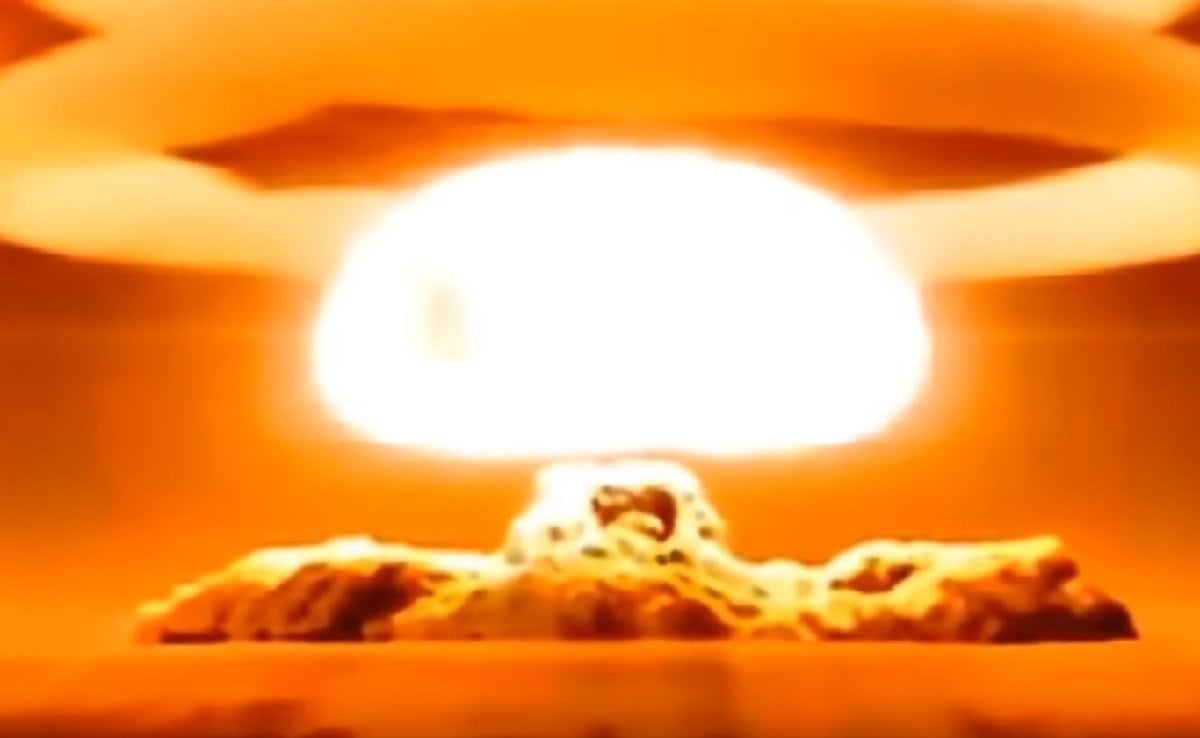A team of Chinese scientists claimed to have enhanced the safety of the world’s most powerful yet unstable non-nuclear explosive, CL-20. Beijing claims to lead what is known as energetics technologies pioneered by the US.
With a blast more devastating than TNT and RDX, CL-20 can deliver powerful discharges and energy from even moderate amounts.
The feat by the team of scientists led by Guo Changping from the Sichuan Military and Civilian Co-Innovation Center is expected to allow mass production, which is nearly impossible owing to its extreme sensitivity to any shock.
This has reportedly made China the only country with the industrial capability to scale up material production. It has also used the explosive in some of its newest weapons.
New Handling Process
The mass production of CL-20 is extremely difficult owing to the impossibility of preventing shock and heavy movements at industrial and factory levels. But Guo’s team developed a new nanotechnology that can help synthesize CL-20 composites with ultra-high stability, according to the South China Morning Post (SCMP).
A subsequent test confirmed it’s a higher threshold to shock and hits. In a falling hammer test, the impact sensitivity (‘H50 value’) of the new CL-20 explosive was 68 cm (26.8 inches), much higher than that of the original material at 13 cm.
Falling hammer tests involve dropping a weight onto a sample of explosive material from a specified height and measuring whether it detonated. The height at which half of the samples detonate is known as the H50 value and is used to measure impact sensitivity.
“CL-20 has a high mechanical sensitivity, which makes it prone to safety accidents during its development, production, storage, transport, and use due to friction and impact. Its safety performance needs to be improved,” Guo’s team said in a peer-reviewed paper published in the Chinese Journal of Explosives and Propellants in April.
“We are seeking a new method to break through the current technology barriers. It will inspire the design and preparation of the future high-security, high-energy propellants, and explosive formulas,” the SCMP report further quoted the scientists.
China’s Research in High Energetic Materials
China has been involved in CL-20 research since the 1970s, with leading explosives and energetics materials scientist Yu Yongzhong proposing using cage-shaped compounds as a new method of researching high-energy explosives.
Yu developed detonation devices for China’s nuclear warheads.
He introduced a ‘two-dimensional’ flat ring structure of explosive materials to a ‘three-dimensional’ cage-like structure, which led to the synthesis of 797#, the world’s first cage structure explosive material in 1979.
In 1994, he synthesized the first CL-20 compound in his laboratory and reported the discovery in some Chinese-language journals.
High explosive and new energetic materials like the CL-20 can deliver a higher amount of explosive power from a certain proportion. This helps reduce the size of the warhead, leaving more space inside the missile and allowing other systems to be installed that enhance guidance, target acquisition, and accuracy.
Otherwise, it simply helps reduce the size of the missile with smaller missiles projectiles with longer range and speed that can be carried on an aircraft, increasing its payload.
The tactical benefits of smaller missiles with longer ranges and speed with deadlier warheads in a theater like the Western Pacific are immense.

US Lagging Behind
Energetics development declined in the United States owing to the Pentagon’s focus on increasing the accuracy of weapons to realize greater lethality rather than explosive power. This was according to a 2021 Energetics Technology Center report the Pentagon commissioned following a mandate by the US Congress.
Between 1989 and 2011, US expenditure on munitions R&D decreased by 45 percent. Over the last two decades of the Iraq and Afghanistan wars, where the US fought non-state actors with no professional militaries, it cut the munitions budget to fund the development of large platforms like ships and aircraft.
China, in the meanwhile, caught up with massive investments in research and development (R&D) in high-energy explosives, almost becoming a world leader in technology.
Data from Georgetown’s Center for Strategic and Emerging Technologies, over the last five years, says Chinese researchers in energetics materials have published nearly seven times as many papers as their American counterparts.
Moreover, the dangers and lethality of handling explosives and their limited civilian applications Due to the dangers of handling explosives, and limited civilian applications of the materials involved, they have been entirely developed and manufactured in US government facilities.
This also led to obsolescence in production, storage, and oversight processes, where mass production of materials like the CL-20 cannot occur.
- The author can be reached at satamp@gmail.com
- Follow EurAsian Times on Google News





